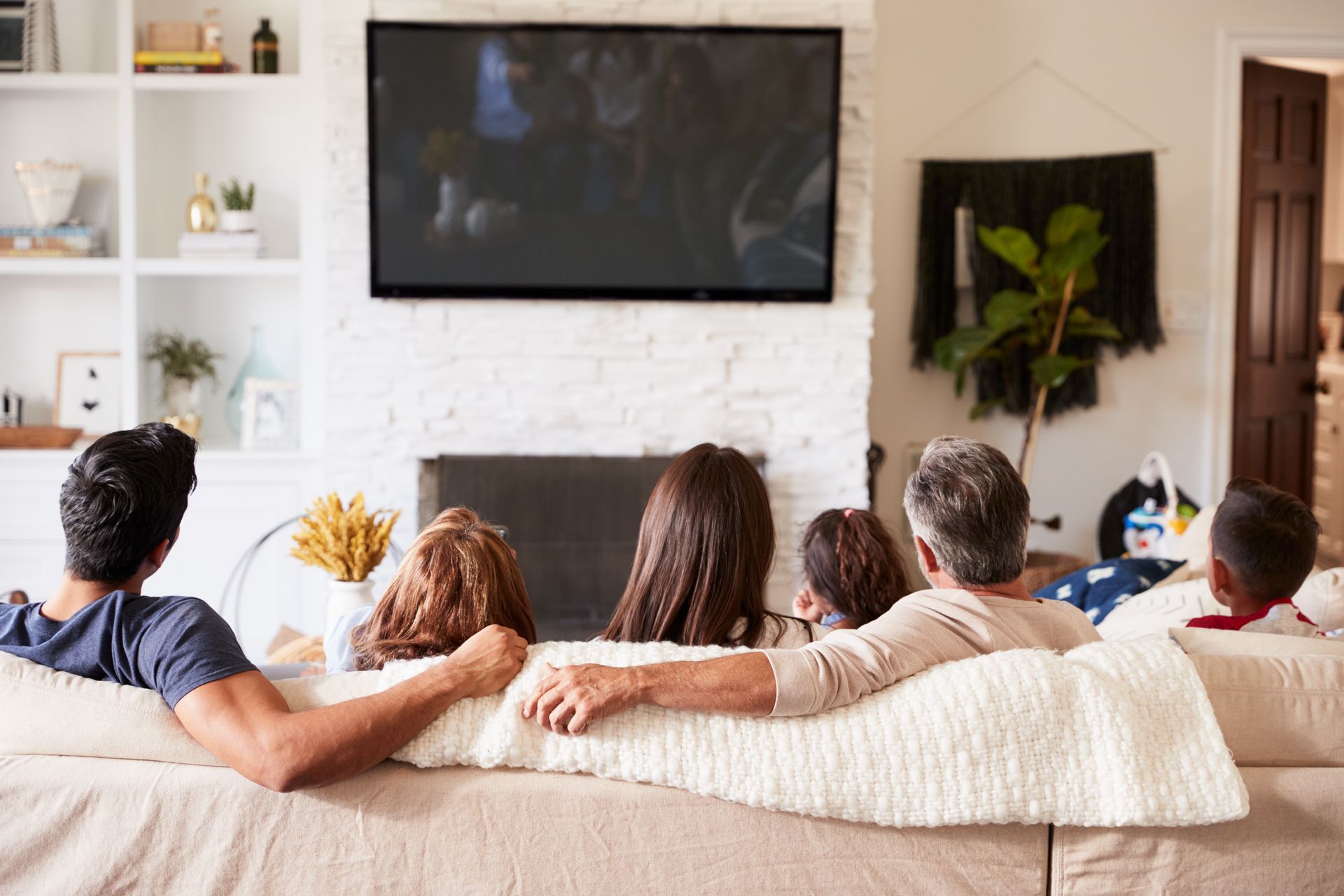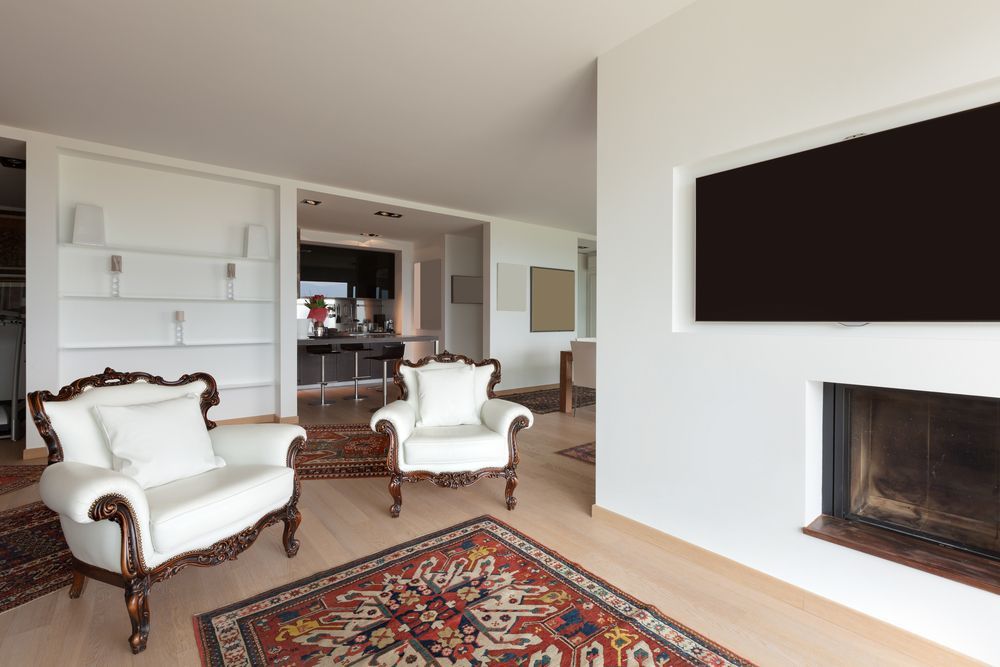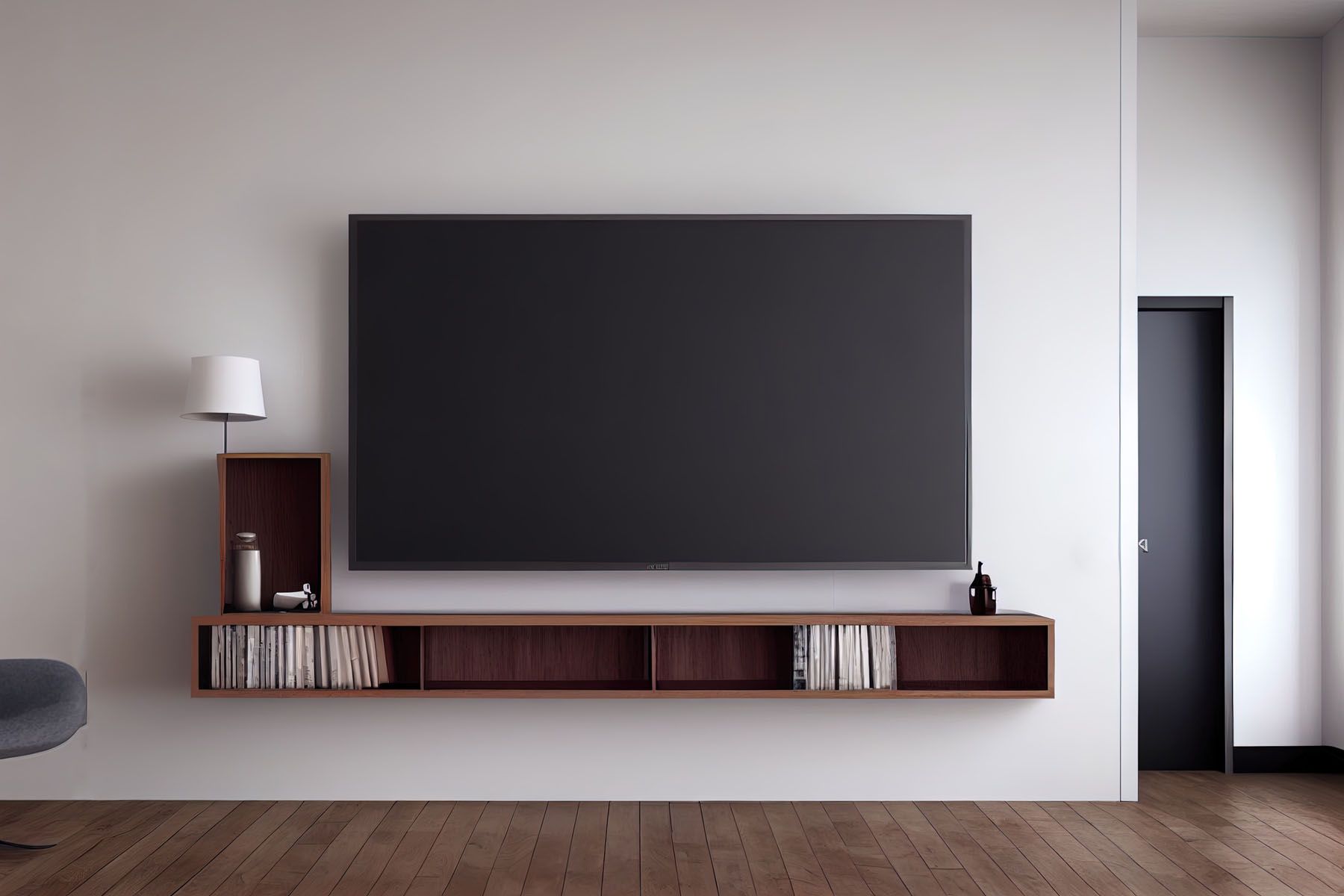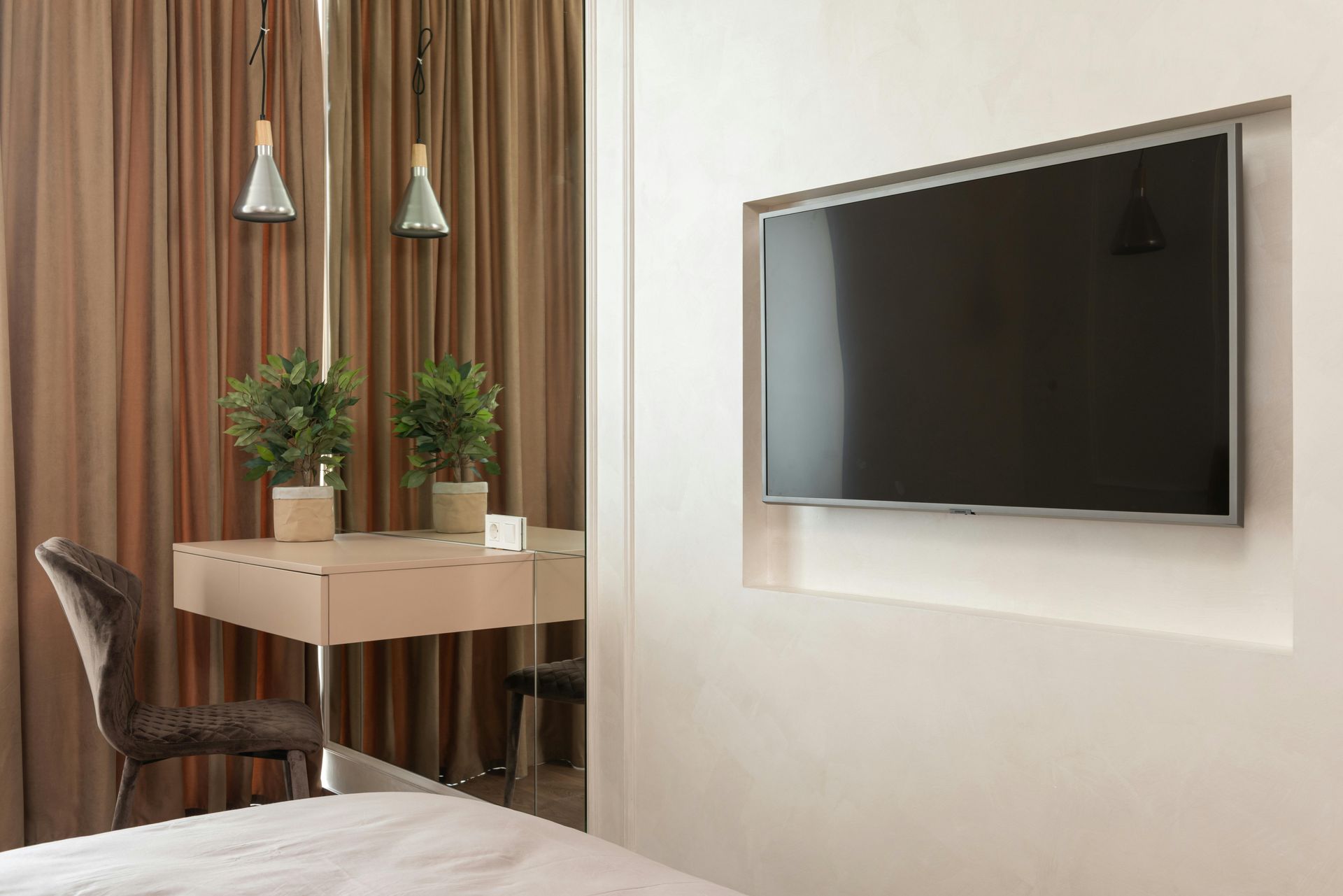Create a Cinematic Experience at Home: Tips for Flawless Home Theater Installation
Introduction to home theater installation
Have you ever dreamed of having your own personal cinema right in the comfort of your own home? With the advancement of technology, creating a flawless home theater installation is more achievable than ever before. Whether you're a movie buff or a gaming enthusiast, a home theater can provide an immersive and cinematic experience that will leave you speechless. In this article, we will explore the benefits of having a home theater, provide tips on planning and setting up your home theater room, discuss essential components for a flawless home theater installation, and offer troubleshooting advice for common issues. So, let's dive in and discover how you can create the ultimate cinematic experience in your own living room.
Benefits of having a home theater
Having a home theater offers a plethora of benefits that extend beyond mere entertainment. Firstly, a home theater provides convenience. Gone are the days of having to wait in long lines or deal with noisy audiences at the cinema. With a home theater, you have the freedom to watch movies or play games whenever you want, without any distractions. Additionally, a home theater allows you to personalize your viewing experience. You have full control over the audio and video settings, enabling you to tailor the experience to your preferences. Moreover, a properly installed home theater can significantly increase the value of your property. It is an attractive feature that can attract potential buyers should you decide to sell your home in the future. Lastly, having a home theater is a source of pride and satisfaction. It is a space where you can gather with family and friends to enjoy shared experiences and create lasting memories.
Planning your home theater setup
Before embarking on your home theater installation journey, it is crucial to plan your setup meticulously. Start by determining the purpose of your home theater. Will it primarily be used for watching movies, playing games, or both? Consider the size of the room and its layout. Take into account the seating arrangement and the distance between the screen and the viewers. This will help you determine the ideal screen size and seating position. Next, assess the lighting conditions in the room. Ideally, you want a room that can be darkened to enhance the cinematic experience. If natural light is an issue, consider investing in blackout curtains or blinds. Lastly, consider the acoustics of the room. Sound quality is a crucial aspect of a home theater, so you may need to make some adjustments to the room's layout or invest in soundproofing materials to optimize the audio experience.
Choosing the right home theater system
A crucial component of a flawless home theater installation is choosing the right home theater system. There are various options available, ranging from pre-packaged home theater kits to custom-built setups. When selecting a home theater system, consider your budget, space constraints, and personal preferences. If you're a beginner or have limited technical knowledge, a pre-packaged home theater kit may be the best option for you. These kits typically include all the necessary components, such as a receiver, speakers, and a subwoofer, making the setup process more straightforward. However, if you have specific requirements or want to customize your system, a custom-built setup may be the better choice. This allows you to select individual components based on your preferences and budget. Whichever option you choose, ensure that the system is compatible with your room size and layout for optimal performance.
Essential components for a flawless home theater installation
To create a truly immersive cinematic experience, certain components are essential for a flawless home theater installation. Firstly, you will need a high-definition television or projector and screen. Decide whether you prefer the vibrant colors and deep blacks of an OLED television or the larger-than-life images provided by a projector. Next, you will need a receiver to process audio and video signals and distribute them to your speakers and display. Invest in a receiver that supports the latest audio and video formats for an enhanced experience. Speaking of speakers, a surround sound system is a must for a truly immersive audio experience. Consider a system that includes front, center, and surround speakers, along with a subwoofer for deep bass. Additionally, you may want to invest in acoustic panels or diffusers to optimize the sound quality in your room. Finally, don't forget about the importance of cables and wiring. Use high-quality cables and ensure they are properly concealed for a clean and organized setup.
Setting up your home theater room
Once you have selected your home theater system and gathered all the necessary components, it's time to set up your home theater room. Start by positioning your television or projector screen at the optimal height and distance from the seating area. For televisions, consider mounting them on the wall for a sleek and space-saving setup. Next, place your speakers around the room. Front speakers should be positioned at ear level, while surround speakers should be placed behind and slightly above the seating area to create an enveloping soundstage. Ensure that the speakers are properly calibrated and balanced for optimal audio performance. Conceal any visible wiring by using cable management solutions, such as wall channels or cable raceways. Lastly, arrange your seating to provide the best viewing experience. Consider the viewing angles and the distance between the seating and the screen. Add comfortable seating options, such as recliners or a sectional sofa, to complete the home theater ambiance.
Tips for optimizing audio and video quality
To ensure a flawless home theater installation, it is essential to optimize both the audio and video quality. For optimal audio performance, calibrate your speakers using a sound level meter or an auto-setup feature on your receiver. This will ensure that the sound is evenly distributed throughout the room and that dialogue and effects are clear and balanced. Experiment with speaker placement and fine-tune the settings until you achieve the desired audio performance. Additionally, consider investing in a dedicated subwoofer to enhance the low-frequency effects and add depth to your audio experience. When it comes to video quality, ensure that your television or projector is properly calibrated. Adjust the brightness, contrast, and color settings to achieve accurate and vibrant visuals. If you're using a projector, ensure that the screen is properly tensioned and positioned to minimize wrinkles or distortions. Lastly, optimize your viewing experience by dimming the lights in the room and minimizing external light sources that can cause glare or reflections.
Troubleshooting common home theater installation issues
Even with careful planning and setup, you may encounter some common issues during your home theater installation. One common problem is poor audio performance, which can be caused by incorrect speaker placement or improper calibration. Ensure that your speakers are positioned correctly and that the sound is balanced throughout the room. If you're still experiencing issues, consider consulting a professional or referring to the user manual for troubleshooting guidance. Another issue that may arise is video distortion or poor image quality. This can be caused by incorrect display settings or a faulty cable connection. Double-check your display settings and ensure that all cables are securely connected. If the problem persists, try using different cables or consulting a professional. Lastly, if you're experiencing connectivity or compatibility issues with your home theater system, ensure that all components are updated with the latest firmware and that they are compatible with each other. Refer to the user manuals or contact the manufacturers for further assistance.
DIY vs. professional home theater installation
When it comes to home theater installation, you have the option of doing it yourself or hiring a professional. DIY installation can be a rewarding experience, allowing you to customize every aspect of your home theater to your liking. It also gives you the opportunity to learn new skills and save money on installation fees. However, it requires time, effort, and technical knowledge. If you're not confident in your abilities or want a hassle-free experience, hiring a professional is the way to go. Professionals have the expertise and experience to handle all aspects of the installation process, from planning and setup to troubleshooting and optimization. They can ensure that your home theater is installed correctly and that you get the best possible performance out of your system. Additionally, professionals may offer warranty or support services, giving you peace of mind knowing that help is just a phone call away.
Conclusion
Creating a flawless home theater installation is a dream come true for any movie lover or gaming enthusiast. With careful planning, the right components, and proper setup, you can transform your living room into a personal cinema that provides an immersive and cinematic experience. Whether you choose to go the DIY route or hire a professional, remember to consider your budget, space constraints, and personal preferences when selecting a home theater system. Optimize both the audio and video quality for an enhanced viewing experience, and don't hesitate to troubleshoot any issues that may arise. So, why wait? Start planning your home theater installation today and get ready to enjoy the ultimate cinematic experience in the comfort of your own home.
Get in touch with Hangman Mounting & Installation for your TV Mounting & Installation Services needs.










